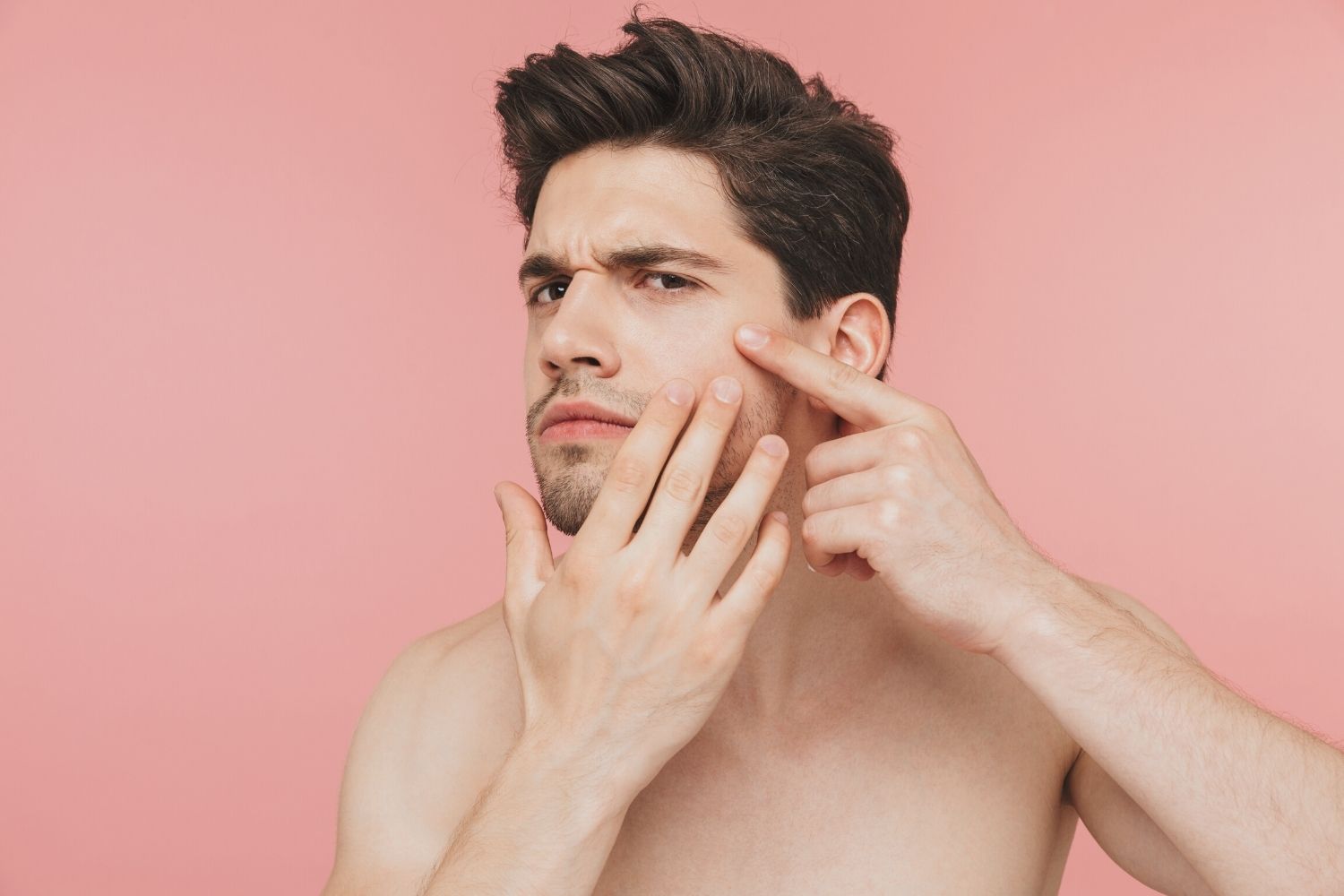We are told that breakouts and blemishes are just a pesky side effect of our teenage years but many individuals actually continue to struggle with acne into their adulthood. But what is acne officially defined as? According to John Hopkins Medicine, acne is a skin condition related to the disorder of hair follicles and sebum glands. The glands often secrete excess oil that clogs the pores and leads to pimples. If you deal with acne-prone skin, you may be overwhelmed by all the “tips and tricks” claiming to magically eliminate your breakouts. It can be hard to establish the proper skin care routine that caters to your acne-prone skin type to alleviate symptoms of breakouts and imperfections. The following are a few simple tips you can incorporate into your routine if you are dealing with adult acne symptoms.
- Cleanser. Acne-prone skin types benefit the most by washing their face twice daily to help balance the excess oil production. Adult acne can also mean your skin is more on the oily side. This means you should be using an oil-free cleanser that contains some kind of effective exfoliant like glycolic acid or salicylic acid. These hydroxy acids will help shed dead skin and remove dirt, oil and blemish-causing bacteria buildup in your pores. A gentle cleanser is best, avoid scrubs with beads in them as they can further irritate your acne and cause them to inflame. FYAB Health’s Foaming Facial Cleanser is gently formulated with glycolic acid to deeply clarify your pores, making it perfect to combat breakouts.
- Toner. Toners are the best product for oily, breakout-prone skin types because they help balance the excess sebum production. If you have oily skin, you can reach for a toner that is slightly more drying but a toner with hydroxy acids will work best. Toners with salicylic acid and mandelic acid can really help flush out your pores and remove dead skin without giving you dry skin. Toners are best used after your cleanser and should be applied with a cotton ball or pad.
- Sunscreen. We all know how damaging UV rays can be on your skin by causing sun spots and skin discoloration but did you know it is also damaging to your acne? When your skin is overly exposed to the sun, it often dries out, which causes your pores to want to produce more sebum. The excess oil production leads to the formation of blemishes and acne on your skin. An effective sunscreen with hydrating ingredients like glycerin and niacinamide, is important to protect your skin from all the harmful damage. You can apply this after your toner or before your moisturizer so that it can really soak into your skin.
- Treatments/Serums. This step is more individualized because the treatments or serums you apply have to work well for YOU. It may be some trial and error till you find what treatment can work best for your skin type but the most common treatment ingredients include benzoyl peroxide, sulfur and salicylic acid. A spot treatment that contains any of these ingredients could work well to apply directly to your pimples as they work as an anti-inflammatory. A good serum that is curated for blemishes like FYAB Health’s Blemish Control Serum, can also be applied. The serum contains a combination of hydroxy acids and fruit extracts to clarify and soothe the skin.
- Moisturizer. Moisturizing your skin is extremely important in maintaining clear skin. When your skin is able to retain moisture and your moisture barrier is healthy, it produces less sebum that leads to acne. Breakout-prone skin types need to look for non-comedogenic products because this means they won’t clog pores. A lightweight moisturizer with glycerin or caprylyl glycol will allow your skin to properly retain moisture for long periods of time.
SOURCES:
Medicine, John Hopkins. “Acne and Related Diseases.” Vitamin A in Health and Disease, 1994, 405–406., doi:10.1201/9781482277562-67.


No responses yet